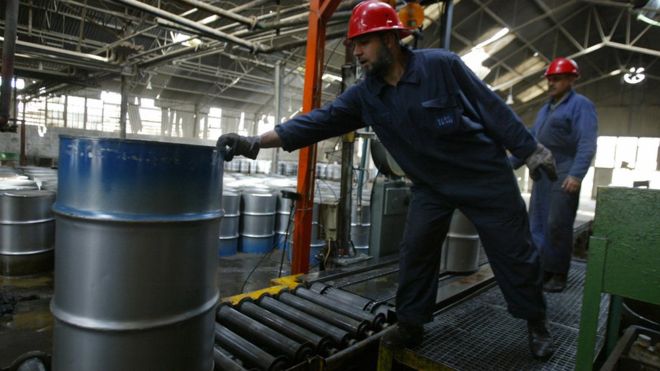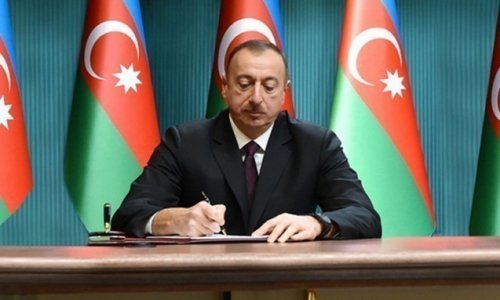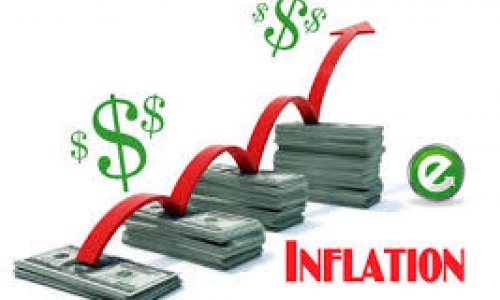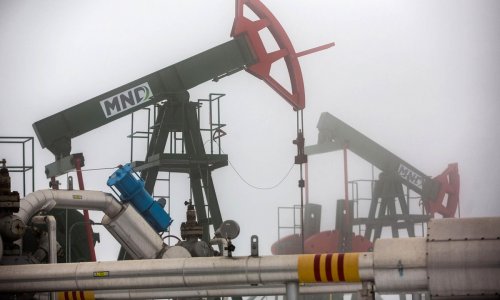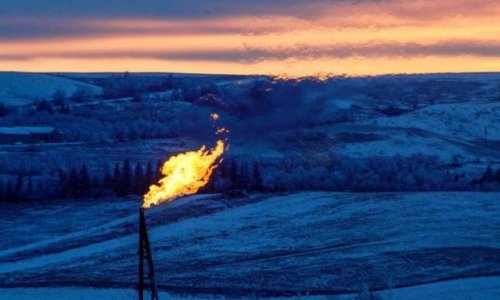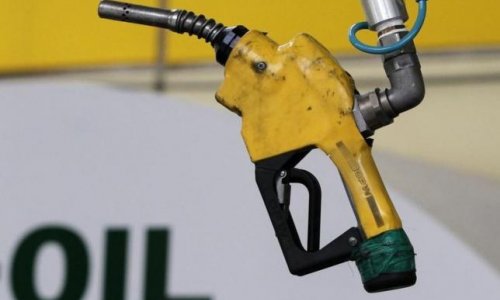Oil gained for a second day as Saudi Arabia cut ties with Iran a day after its embassy in Tehran was attacked to protest the Saudis’ execution of a prominent Shiite cleric.
Futures rose as much as 3.5 percent in New York, extending Thursday’s 1.2 percent advance. Iran’s Supreme Leader Ayatollah Ali Khamenei warned of repercussions and protesters armed with rocks and firebombs attacked the Saudi embassy in Tehran on Saturday and set parts of the building on fire. The Middle East accounted for about 30 percent of global oil output in 2014, according to the Energy Information Administration.
Saudi Arabia and Iran, respectively OPEC’s first- and fifth-ranked producers, are on opposite sides of Middle East conflicts from Syria to Yemen. Prices last week capped the biggest two-year loss on record amid speculation a global glut will be prolonged as U.S. crude stockpiles expanded and the Organization of Petroleum Exporting Countries abandoned output limits.
"It may be seen by the market as an incremental step in a possible longer-term escalation of problems in the core oil-producing nations of Saudi Arabia and Iran,” Ric Spooner, a chief analyst at CMC Markets in Sydney, said by phone. "It’s likely to lead to some short covering and a bit of risk premium being built into pricing. There’s no immediate threat to production.”
Diplomats Expelled
West Texas Intermediate for February delivery climbed as much as $1.28 to $38.32 a barrel on the New York Mercantile Exchange and was at $37.81 at 1:19 p.m. Hong Kong time. The contract rose 44 cents to $37.04 on Thursday. The volume of all futures traded was about double the 100-day average. Prices lost 11 percent in December for a second monthly decline.
Brent for February settlement increased as much as $1.22, or 3.3 percent, to $38.50 a barrel on the London-based ICE Futures Europe exchange. Prices slid 35 percent last year for a third annual drop. The European benchmark crude was at a premium of 37 cents to WTI.
Iran’s ambassador in the kingdom has 48 hours to leave, Saudi Foreign Minister Adel al-Jubeir said late Sunday in Riyadh. The crisis is the worst between the two regional powers since the late 1980s, when the Sunni-led kingdom suspended ties with Shiite-ruled Iran after its embassy was attacked following the death of Iranian pilgrims during Hajj in Mecca.
Oil Output
Saudi Arabia produced 10.25 million barrels a day in December, helping to keep daily OPEC output above 32 million barrels for a seventh month, according to data compiled by Bloomberg. Iran pumped 2.7 million barrels a day and is seeking to boost exports once international sanctions are lifted.
Iran will raise exports by 500,000 barrels a day within a week of sanctions being removed, said Oil Minister Bijan Namdar Zanganeh, according to the official Islamic Republic News Agency. The country will add another 500,000 barrels a day in a second phase within six months after the curbs end, he said.
"Geopolitical concerns keep ratcheting up, especially with the latest flare up between Saudi Arabia and Iran,” Robin Mills, an analyst at Manaar Energy Consulting in Dubai, said by phone from the U.K. on Sunday. "All the supply indicators are very bearish for oil prices. Iran looks to be nearing a return to the market, Russia is producing at a high and most of the OPEC members are producing as much as they can.”
Russia’s crude output set another post-Soviet record in December, according to Energy Ministry data. The country’s crude and gas condensate production rose to 10.825 million barrels a day last month, beating the previous record set in November by 0.4 percent, Bloomberg calculations based on the data show.
(Bloomberg)
www.ann.az
Follow us !

